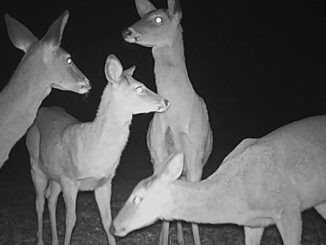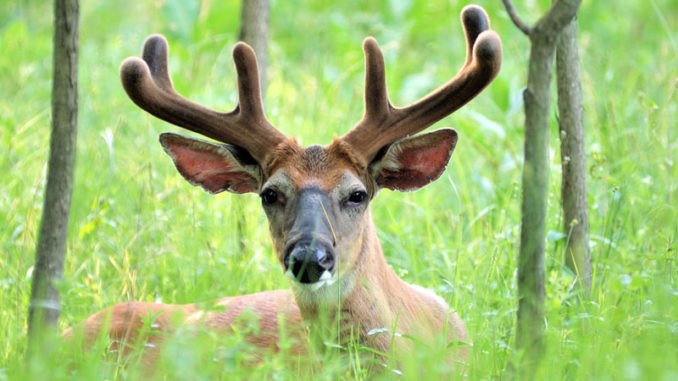
When spring brings out new growth on natural plants, your local deer herd will prosper, but it takes more to improve their year-round health.
It’s been a mild and wet winter, and signs of spring are popping out on the landscape.
During the fall and winter, many of the browse species that deer have been eating lose their leaves and enter a period of dormancy. If the winter is a cold one, with regular freezes, the forage that deer normally eat become scarce, and if the habitat is poor, it can be a tough time for deer.
Fortunately, we have several browse species on the Louisiana landscape that can quickly recover from a freeze, and when it warms up, begin to produce new growth. Honeysuckle, Smilax, privet, yellow jessamine and blackberry are some of the better browse species that can survive freezes and remain on the landscape during the colder months. Climbing fern and Horse Sugar shrub are two other plants that maintain leaves during the winter and can be heavily browsed by deer. If the habitat is holding high numbers of deer, over-browsing can be readily seen. The green leaves of the Smilax vines will be eaten, and only the spiny green stems will remain.
Because of the changes in browse conditions during the fall and winter, it is only natural for deer to shift their food demand to fruit and acorns. Their body and antler growth have ended; does are finishing up rearing fawns, and nutritional demands seek out the sugars and carbohydrates in the acorns to develop body fat. Fat reserves will be available for the animal should winter conditions remain through February and into March. Does have been bred, and the bucks begin losing antlers; soon, the cycle starts again with spring green-out.
Hard mast is a key
An early green-out will definitely help those herds that are over-populated or habitats that are not well-managed. Despite what you might hear or read, the hard-mast crop — acorns and pecans — is important to Louisiana’s deer. A good mast crop will maintain a deer herd in good condition during the stress of winter, and the deer will be in better condition going into green-out. A poor mast crop results in reduced food availability on the landscape, especially in areas where browse is limited.
This past fall’s mast crop was decent — on some areas better than other areas — but it was not as good as it was in 2018. Cow oaks were limited on the Pearl River WMA, which, from what I see, is a key for hunter success. By December, around the trees that had produced acorns, the nuts were gone, and deer and hogs were scrounging for whatever water and obtusa oak acorns they could find. I looked at the stomach of one young deer in late December and it had 1½ acorns in it. I did note that the deer in the northwest piney woods were eating as many acorns as corn, which is unusual from what I have seen in past years. Corn generally dominates the intake of deer in these parishes where the habitat is pine-dominated, but this year, it appears that a good crop of water oak and willow oak acorns was present. On our small property in East Feliciana Parish, there are still water oak acorns on the ground, which might attract a few pigs later on and also help the deer going into green-out.
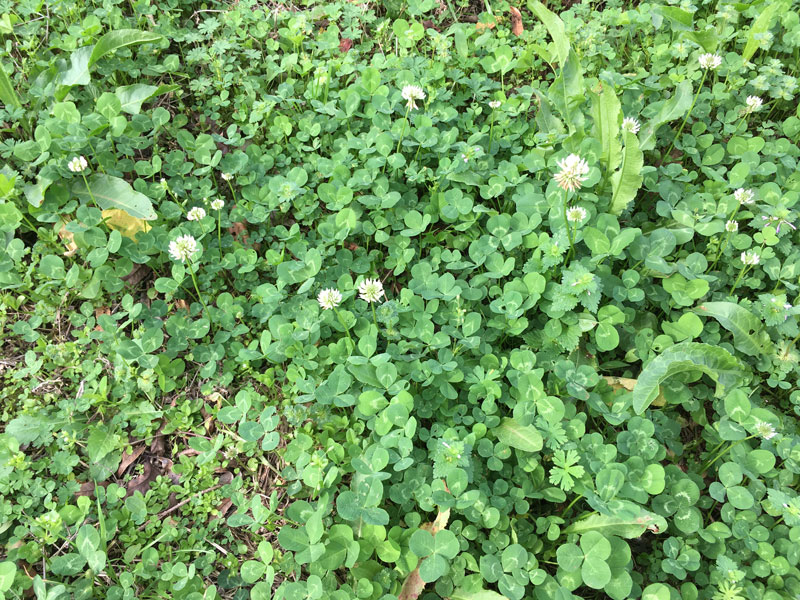
Green-out fixes things
When green-out occurs, the landscape becomes flush, and deer generally don’t have to travel much to find food. I have always noticed a drop in the browsing on food plots. With the high-quality forage available everywhere, deer don’t have to trek to the green patches to fill up. This can actually help the green patches, giving them time to recover somewhat if the browsing has been heavy, particularly on the clovers.
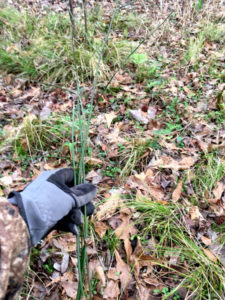
If the land manager has done a good job with plantings, and there is plenty of clover forage, deer get an added boost from the quality native plants and the quality clover. Protein demands have increased with body growth, new antler growth and pregnancy maintenance, and the new growth of browse plants on the landscape is a boon for the deer. Areas that had acorns available for deer, combined with quality browse, should see quality deer during the fall of 2020.
One of the key ingredients for deer management is to have quality, diverse habitat. Browse conditions should be such that quality forage can be found during the early spring and during the hot, late summer. A sound timber management program is a must to accomplish this. Forest management that creates a dominant pine forest will not be the habitat that deer need to achieve maximum growth and development. Low body weights and sub-par antler growth is typical on this type of habitat.
Manage trees for mast
Forest management that maintains a good hardwood component with both soft mast and hard mast is a must. On dominant pine forest sites, forage plantings and winter feeding is needed to maintain the herd. Unfortunately, many clubs and landowners simply do not have the means to do intense plantings. Our small property is surrounded by acres and acres of pine forests, and my objective is to produce a hardwood oasis in the piney woods. I have sawtooth oaks that within 5 years should start producing acorns in the early fall. The mature water and willow oaks that were present have not been cut and are currently providing mast. There were no white oaks on the landscape, so I have focused on planting white oaks and cow oaks, especially the latter, which produces a really large acorn that deer relish. Last year, I planted a 100-yard strip of cow oaks in a dove field, and this year I used the extra trees that sprouted to plant another 100-yard strip. While I might not live to benefit from these plantings, my son and grandsons will.
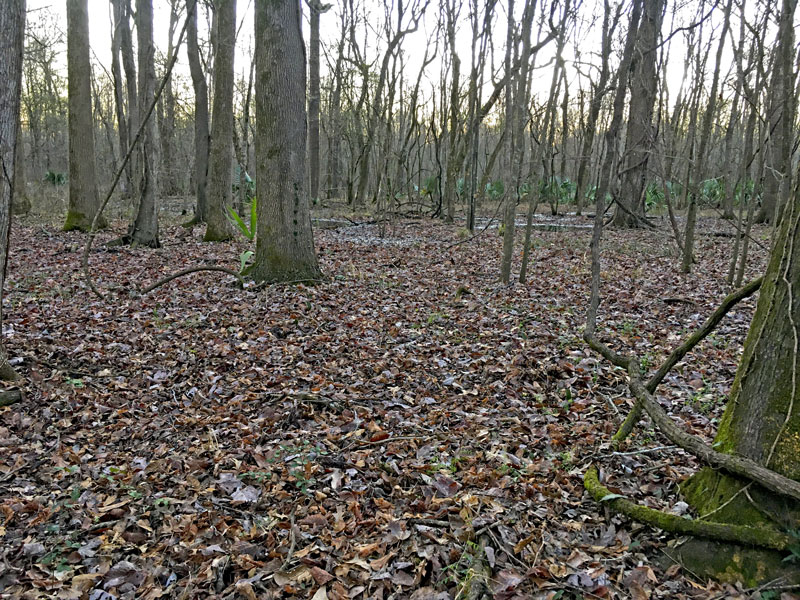
I have also planted obutsa oaks, pear trees, mayhaw trees, persimmons and plums. I would like to plant some blackgum trees. I have planted arrowwood shrubs that deer browse, and I try to maintain the habitat to produce elderberry shrubs. The privet shrubs, which are everywhere, has been removed from the edges of fields; it seems when this is done, the elderberry comes back. Habitat work is a year-round process, and now is the time to do the tree planting. Develop a good management plan and work it. When green-out happens, this is the time to do browse survey work and see what browse plants you have and what the deer are eating. LDWF has private lands biologists who can help with this. Do not hesitate to call them.

